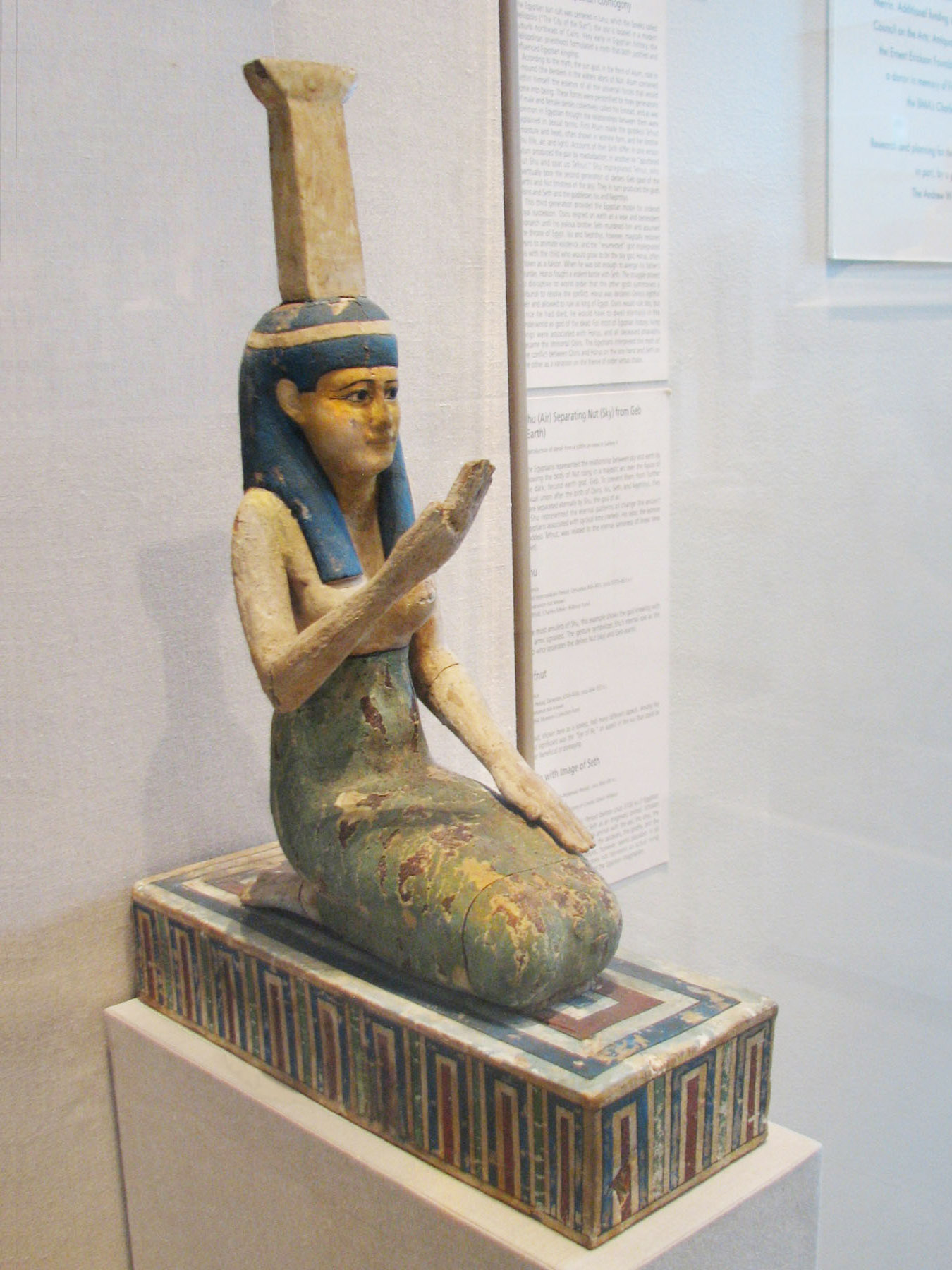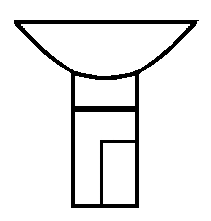Jessica Lévai in her dissertation, _Aspects of the Goddess Nephthys_ says of her name:
"The original meaning was probably tied to royalty and the king. For that reason, it
is likely that Nephthys's name and origin are royal, and her name may mean something
like 'Mistress of the Palace.'" (page 45)
Lévai summarizes:
"Nephthys began her existence with her sister Isis, and together the two formed a
model for the dualities inherent in all aspects of ancient Egypt. They remained a pair
throughout Egyptian history. Both with her sister and independently, Nephthys's intimate
ties to royalty gave her the authority to be a source of royal power, and her identification
with the uraeus made her into a fiery goddess who could be called upon to destroy the
enemies of the king. She has these characteristics in common with such dangerous
goddesses as Tefnut and Hathor, though there is no specific myth about Nephthys being
destructive.
"Plutarch called Nephthys Nike. Possibly this had to do with her identifications
with the Egyptian goddess Neith or the Asiatic goddess Anat, both of whom shared
certain characteristics with Nephthys. It may also have been a question of a direct
identification: Nephthys identified with Nike on account of her warlike aspects, or her
wings. But as Nike was less a goddess than a figure who embodied the concept of
victory, her importance was derived from her associations with other gods. Thus it may
be Nephthys's ties to powerful gods, such as Seth, that fueled this identification." (pages 68-69)




